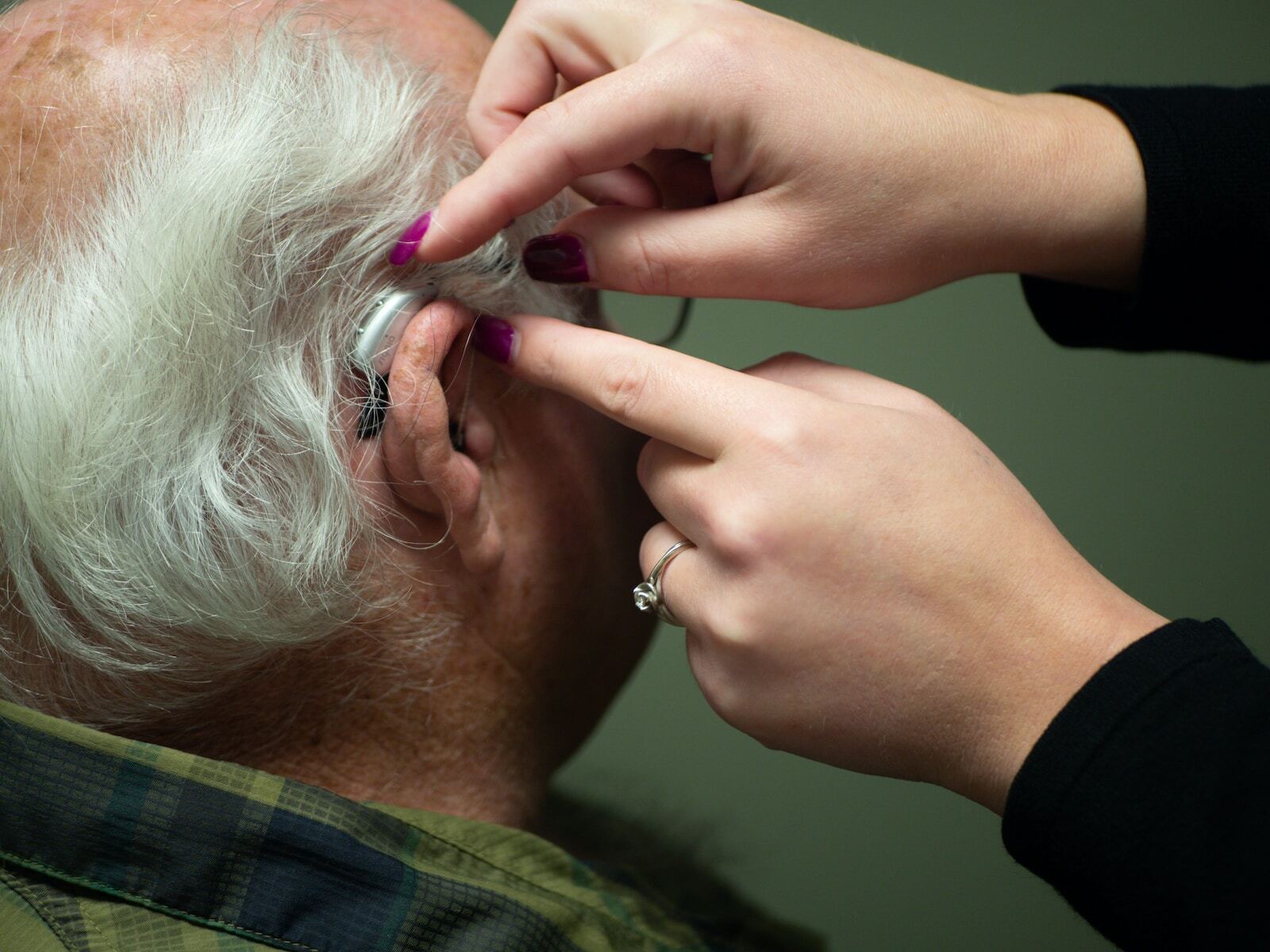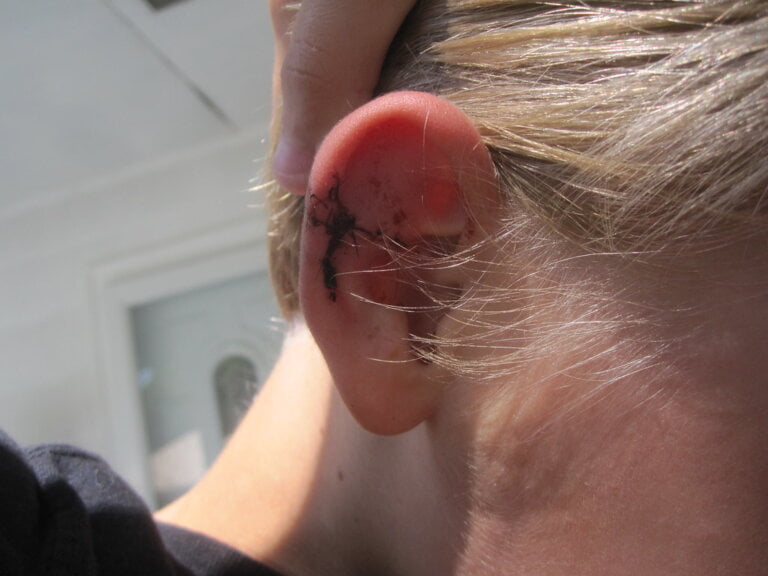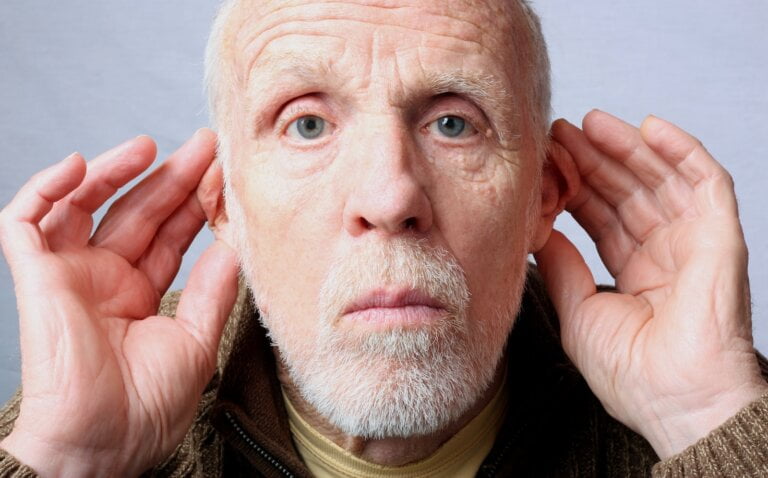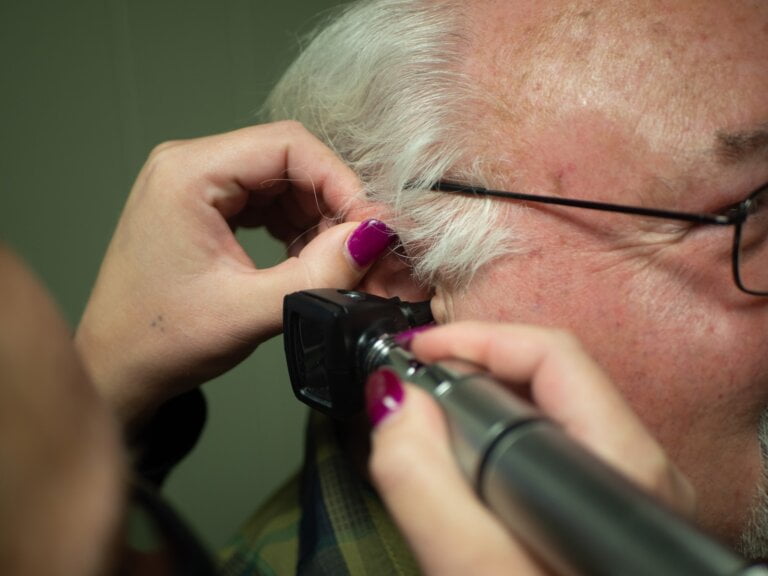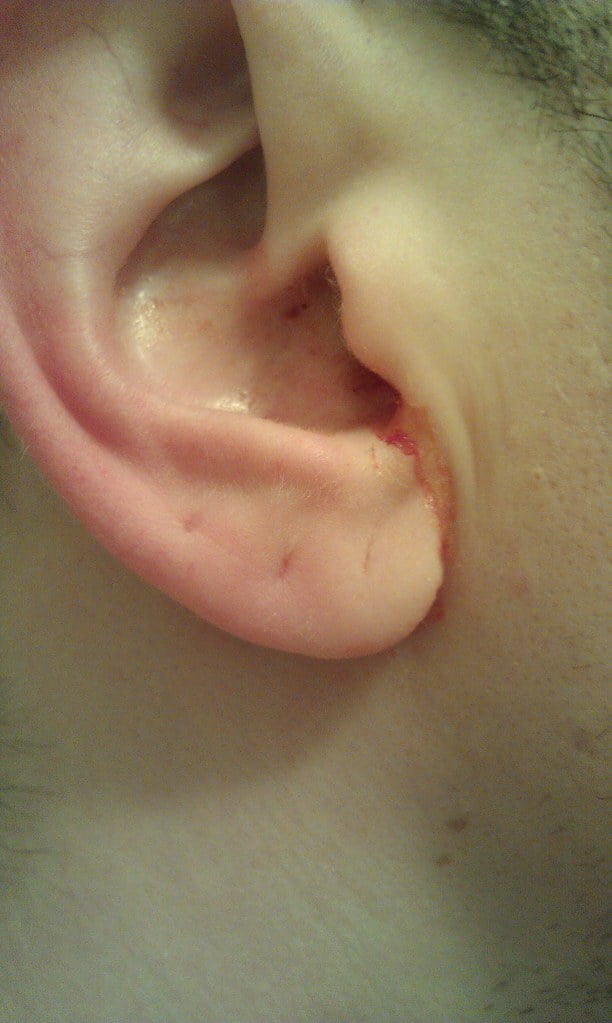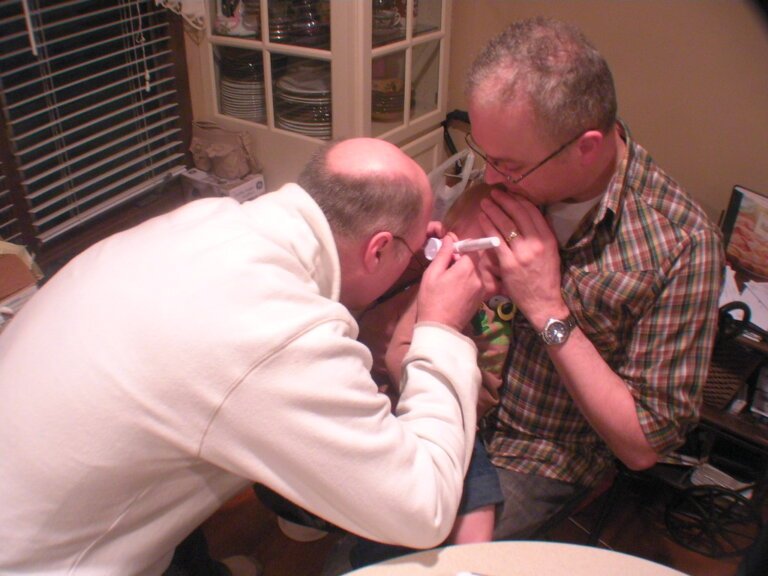Unveiling Advanced Jobs in Manual Instrument Ear Wax Removal
Earwax, also known as cerumen, plays an essential role in protecting our ears from dirt, dust, and harmful foreign particles. However, excessive earwax buildup can lead to discomfort, hearing loss, and other ear-related problems. In such cases, manual instrument ear wax removal becomes a crucial procedure for restoring optimal hearing health.
The Importance of Manual Instrument Ear Wax Removal
While there are various methods available for earwax removal, manual instrument ear wax removal is often considered the most effective and preferred technique. This procedure involves the use of specialized tools by skilled professionals to safely and efficiently remove excess earwax.
By undergoing manual instrument ear wax removal, individuals can experience several benefits, including:
-
Improved Hearing: Excessive earwax can block the ear canal, leading to muffled sounds and reduced hearing capabilities. Manual instrument ear wax removal helps clear the pathway, allowing sound to reach the eardrum more easily, resulting in improved hearing.
-
Elimination of Discomfort: An excessive buildup of earwax can cause various discomforting symptoms such as earaches, itchiness, and a feeling of fullness in the ear. Manual instrument ear wax removal effectively eliminates these discomforts, providing individuals with relief.
-
Prevention of Infections: If left untreated, impacted earwax can create a favorable environment for bacteria and fungi to thrive, leading to ear infections. By regularly undergoing manual instrument ear wax removal, individuals can significantly reduce the risk of developing such infections.
Excessive earwax can accumulate due to various factors, including genetics, improper ear cleaning techniques, and the use of hearing aids or earplugs. It is important to note that attempting to remove earwax at home using cotton swabs or other objects can push the wax further into the ear canal and potentially cause damage. Therefore, seeking professional help for manual instrument ear wax removal is highly recommended.
The Role of Skilled Professionals in Manual Instrument Ear Wax Removal
Manual instrument ear wax removal is a delicate procedure that requires the expertise of skilled professionals. These professionals, often referred to as ear specialists or otolaryngologists, possess in-depth knowledge of the anatomy of the ear and have undergone specialized training to perform this intricate task.
When seeking manual instrument ear wax removal, it is essential to choose a certified professional who can offer the following:
-
Detailed Assessment: Skilled professionals conduct a thorough examination of the ear before proceeding with the removal process. This assessment helps them identify the extent of earwax buildup and determine the most appropriate technique for removal. They may use an otoscope, a handheld device with a light and magnifying lens, to visualize the ear canal and eardrum.
-
Safe and Precise Technique: Using specialized instruments, such as curettes and forceps, skilled professionals gently and precisely remove the excess earwax. Their expertise ensures minimal discomfort and reduces the risk of injury to the delicate structures of the ear. The instruments used are designed specifically for ear wax removal and are often made of stainless steel or other medical-grade materials to maintain hygiene and prevent infection.
-
Post-Procedure Guidance: After the manual instrument ear wax removal, professionals provide valuable guidance on maintaining optimal ear hygiene and preventing future buildup. This includes recommendations for ear cleaning techniques and advice on avoiding potential earwax accumulation triggers. They may suggest using ear drops to soften the wax before the next removal procedure or provide instructions on how to safely clean the ears at home.
It is important to note that manual instrument ear wax removal should only be performed by trained professionals. They have the knowledge and skills to ensure the procedure is carried out safely and effectively, minimizing the risk of complications and maximizing the benefits for the individual.
Exploring Advanced Jobs in Manual Instrument Ear Wax Removal
Manual instrument ear wax removal offers a range of advanced job opportunities for individuals interested in audiology, otolaryngology, and related fields. Let’s delve into some of these roles and the responsibilities they entail:
1. Certified Ear Specialist
A certified ear specialist, also known as an Otolaryngologist or ENT (Ear, Nose, and Throat) specialist, is a medical professional specializing in the diagnosis and treatment of diseases and disorders related to the ears, nose, and throat. Within this field, they perform manual instrument ear wax removal as part of their comprehensive patient care.
Responsibilities:
- Conducting thorough examinations of the ear to assess the extent of earwax buildup, using tools such as otoscopes and specialized imaging techniques.
- Performing manual instrument ear wax removal procedures with precision and care, ensuring patient comfort and safety.
- Diagnosing and treating various ear conditions and diseases, such as otitis media, otitis externa, and eustachian tube dysfunction.
- Providing post-procedure guidance and follow-up care to patients, including recommendations for preventive measures and lifestyle modifications.
2. Audiologist
Audiologists are healthcare professionals who specialize in diagnosing and treating hearing disorders. They play a crucial role in manual instrument ear wax removal, particularly in cases where hearing loss is associated with excessive earwax buildup.
Responsibilities:
- Conducting comprehensive hearing assessments and evaluations to determine the cause and extent of hearing loss.
- Recommending and performing manual instrument ear wax removal procedures to improve hearing outcomes.
- Prescribing and fitting hearing aids as needed, considering the individual’s specific hearing needs and preferences.
- Collaborating with other healthcare professionals, such as ear specialists and speech-language pathologists, to develop personalized treatment plans for patients with ear-related concerns.
3. Medical Assistant in Otolaryngology Clinics
Medical assistants in otolaryngology clinics provide vital support to ear specialists and audiologists. They assist in various aspects of patient care, including manual instrument ear wax removal, ensuring a smooth and efficient workflow within the clinic.
Responsibilities:
- Assisting in patient intake, including obtaining medical history and vital signs, to ensure accurate and up-to-date patient records.
- Preparing and sterilizing instruments for manual instrument ear wax removal procedures, following strict infection control protocols.
- Assisting during the removal procedure by providing necessary equipment and support, such as holding the otoscope or passing instruments to the healthcare professional.
- Educating patients on post-procedure care and scheduling follow-up appointments, ensuring continuity of care and patient satisfaction.
In conclusion, manual instrument ear wax removal is a highly beneficial procedure for individuals experiencing excessive earwax buildup. Skilled professionals in the field of audiology and otolaryngology play a vital role in providing safe and effective ear wax removal services. From certified ear specialists to audiologists and medical assistants, these professionals ensure optimal ear health and improved hearing outcomes for their patients. Choosing a certified professional and following their post-procedure guidance can help individuals maintain good ear hygiene and prevent future earwax-related problems.
FAQ
Q: What is manual instrument ear wax removal?
A: Manual instrument ear wax removal is a procedure that involves the use of specialized tools by skilled professionals to safely and efficiently remove excess earwax.
Q: What are the benefits of manual instrument ear wax removal?
A: Manual instrument ear wax removal can improve hearing, eliminate discomfort caused by earwax buildup, and prevent infections associated with impacted earwax.
Q: Who should perform manual instrument ear wax removal?
A: Manual instrument ear wax removal should only be performed by skilled professionals, such as certified ear specialists or otolaryngologists, who have the expertise and knowledge to ensure the procedure is carried out safely and effectively.
Q: What role do skilled professionals play in manual instrument ear wax removal?
A: Skilled professionals conduct detailed assessments of the ear, use safe and precise techniques to remove excess earwax, and provide post-procedure guidance on maintaining optimal ear hygiene and preventing future buildup.

